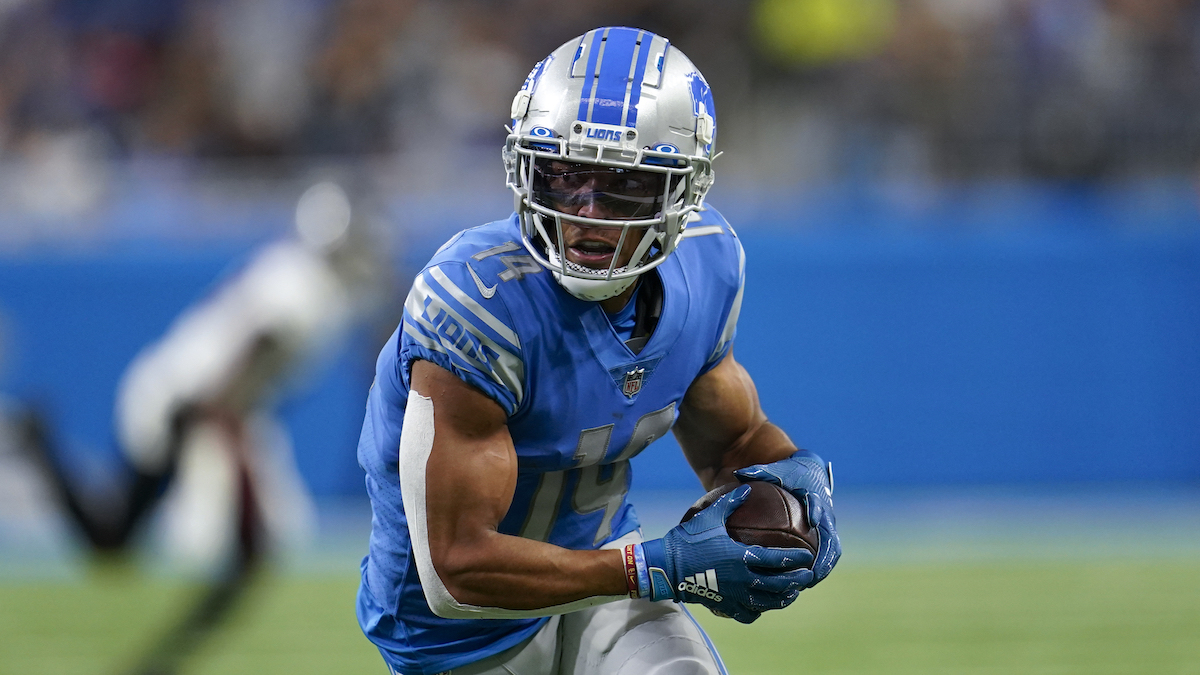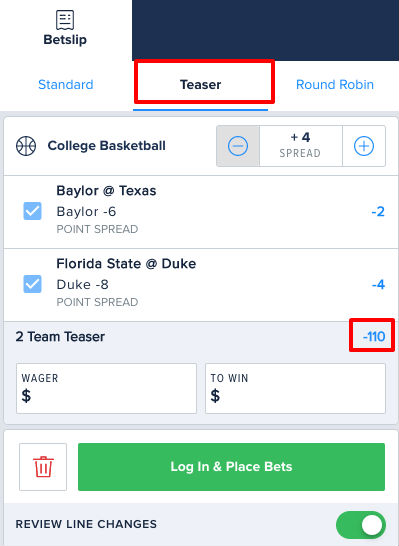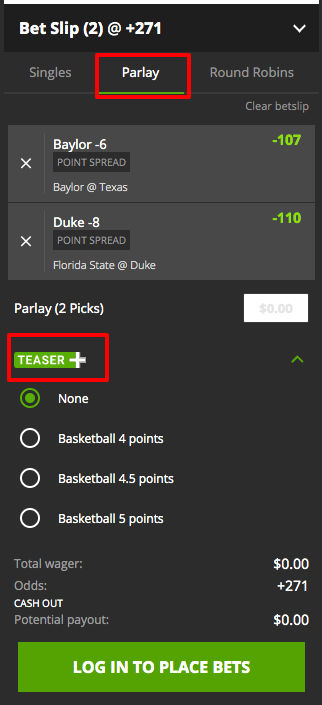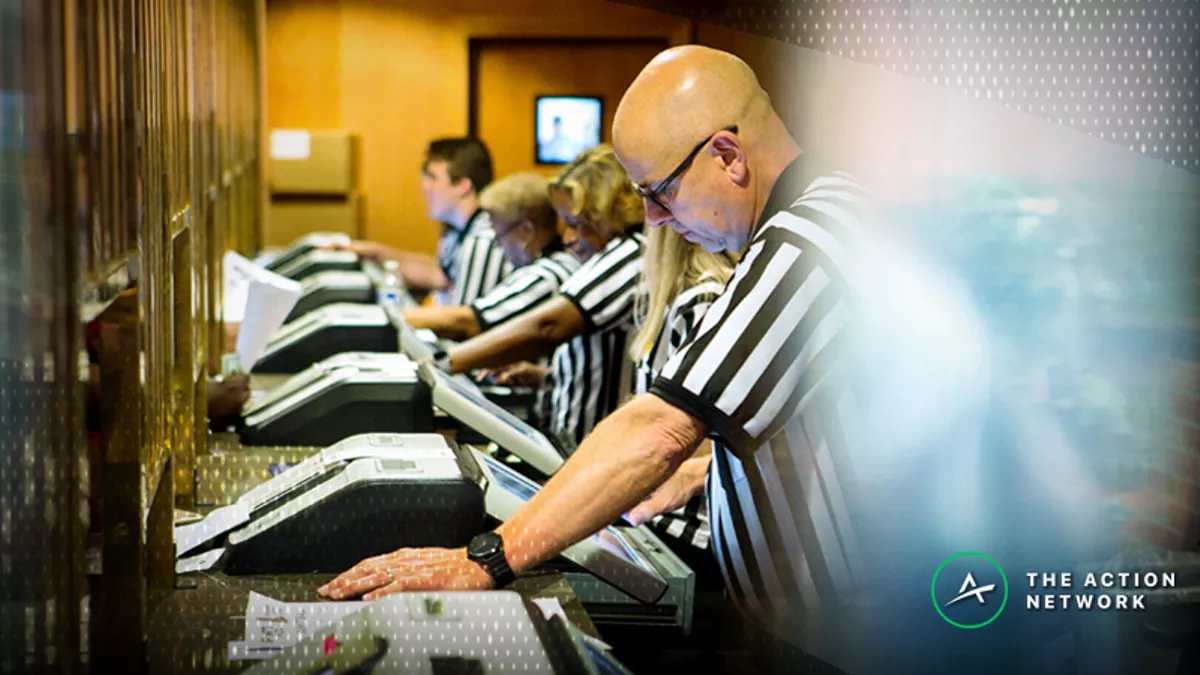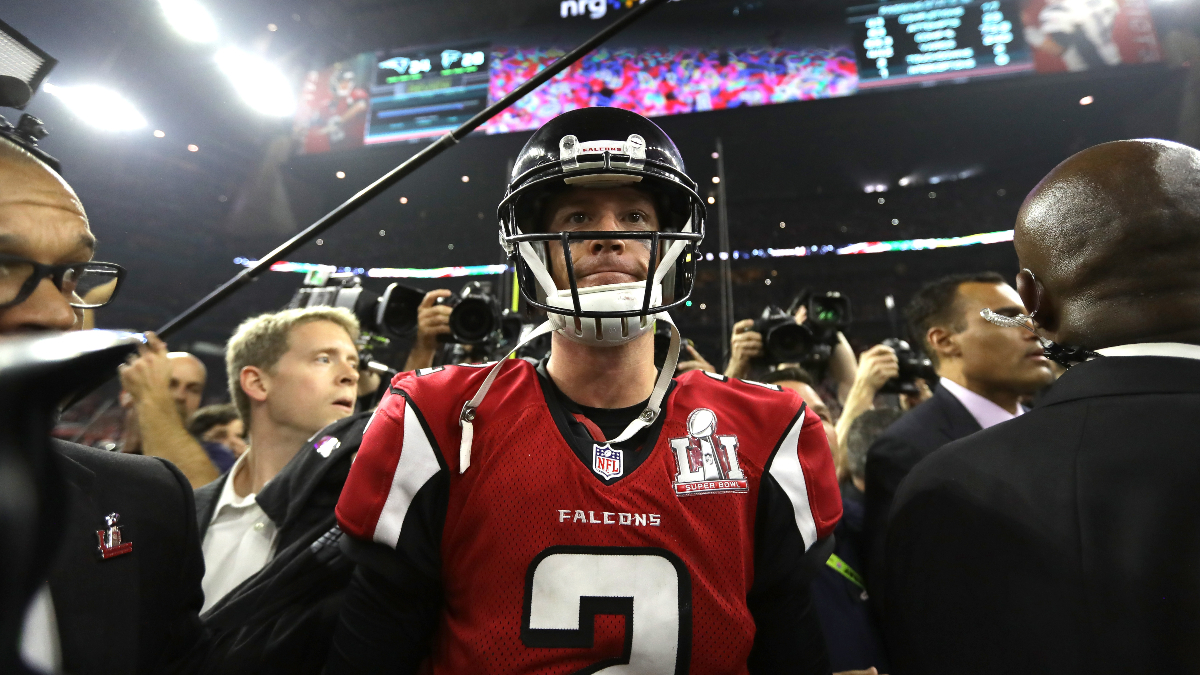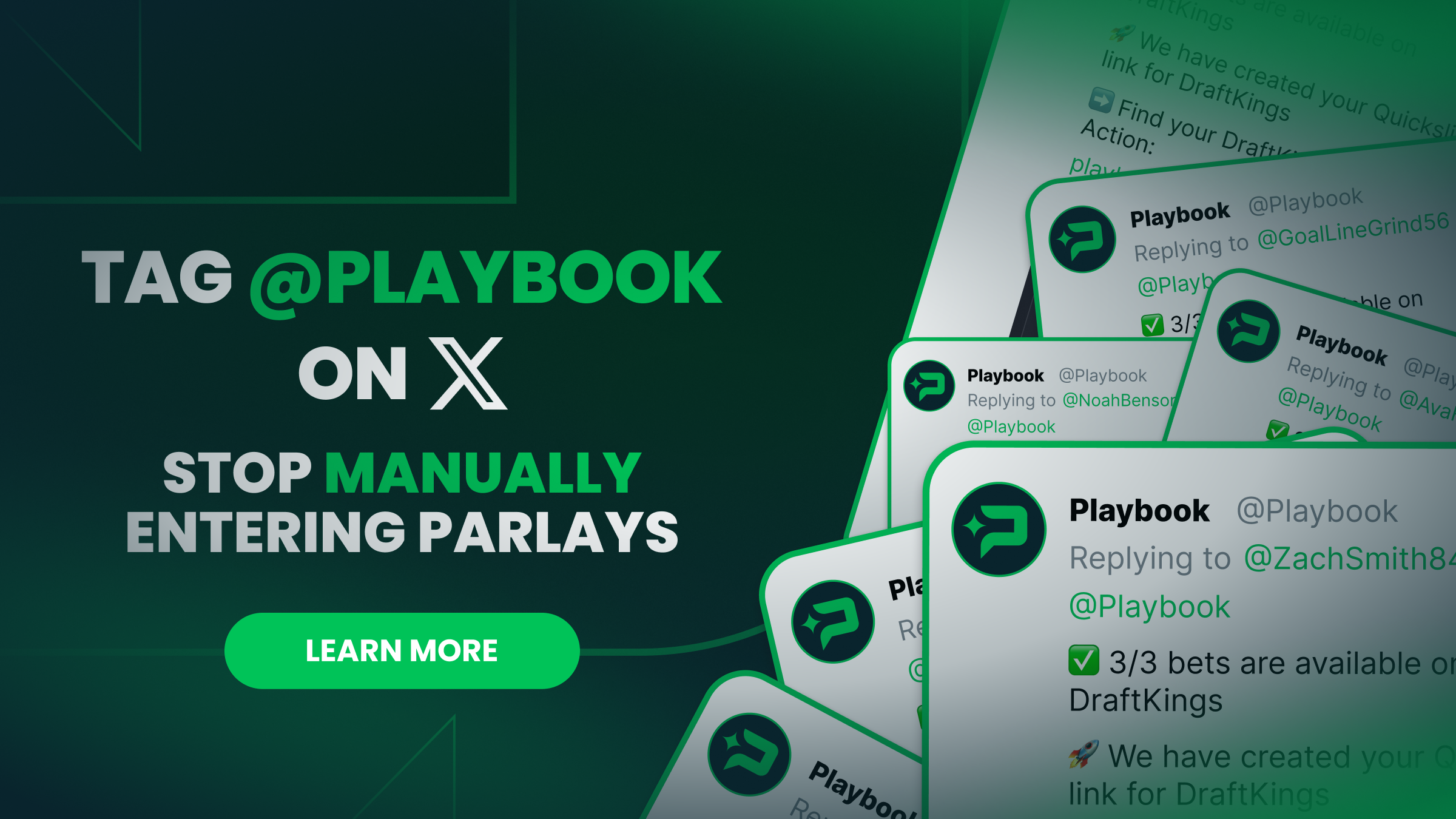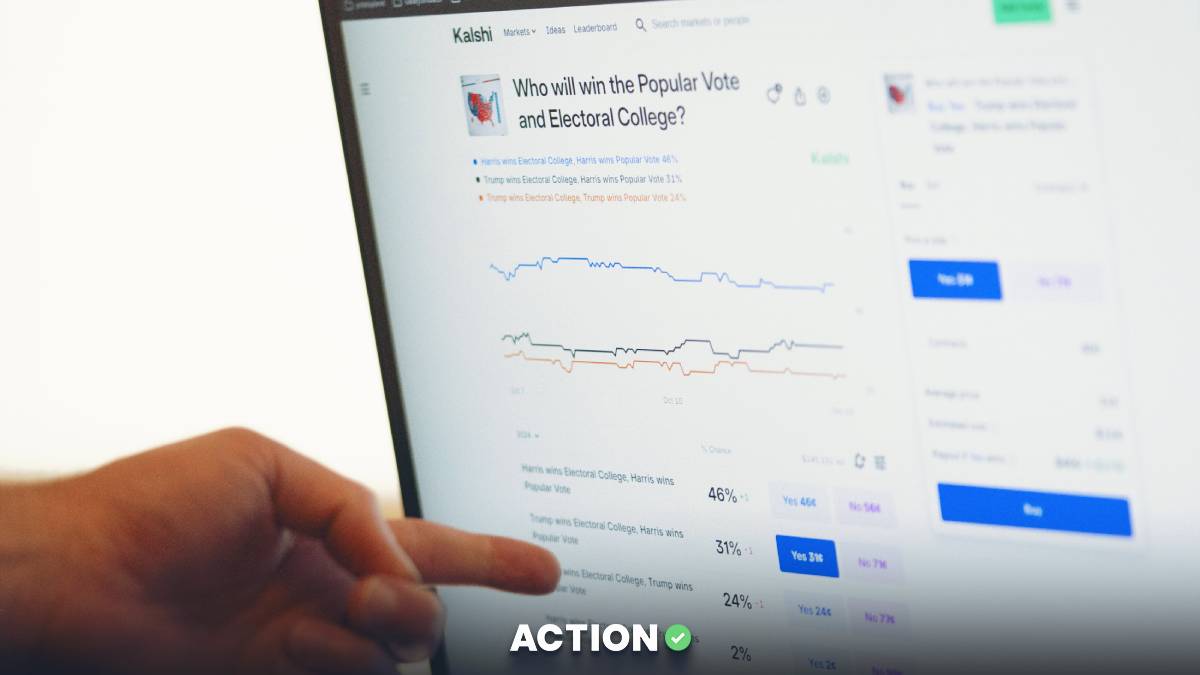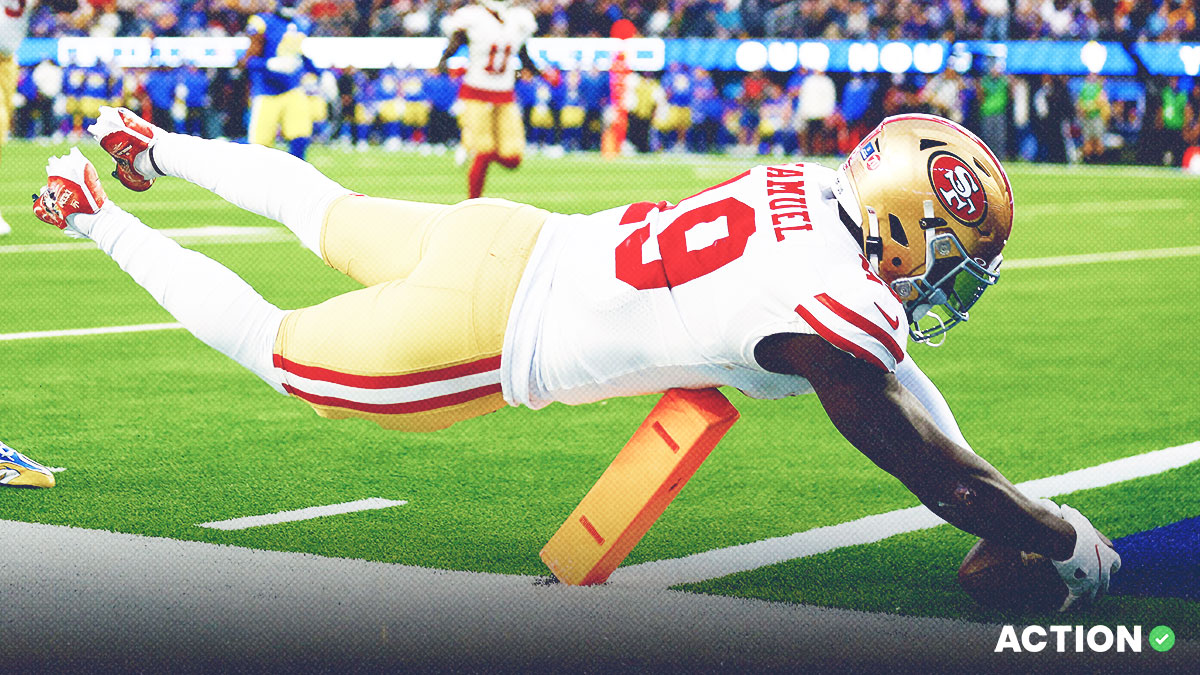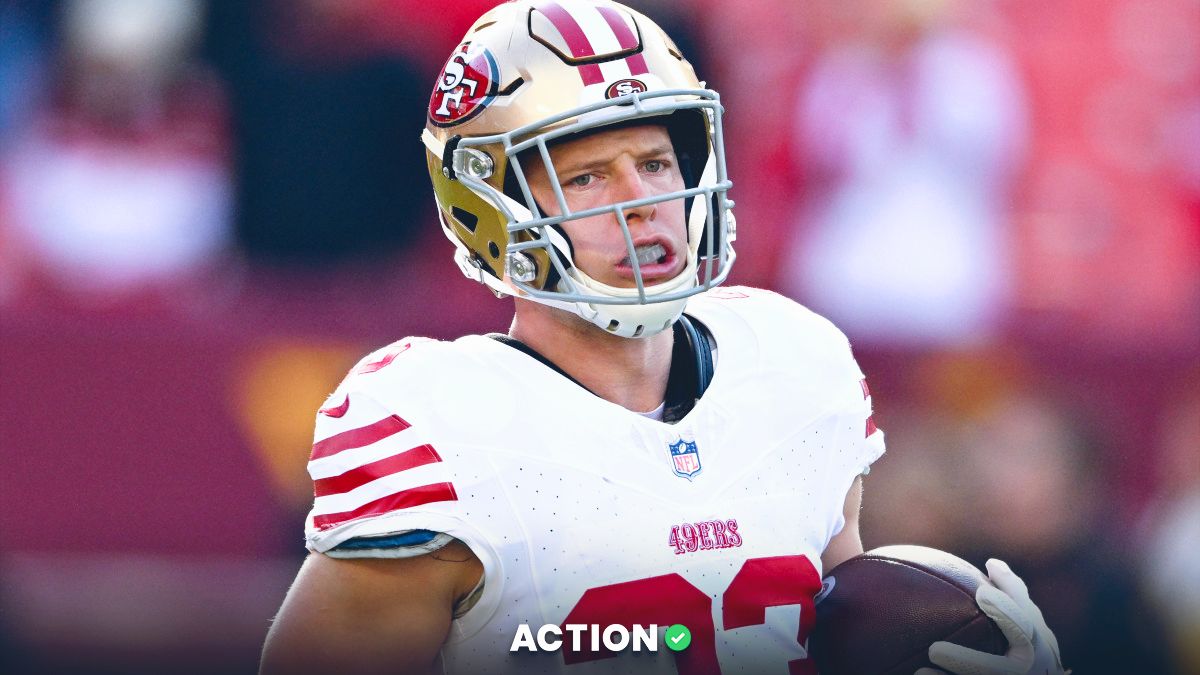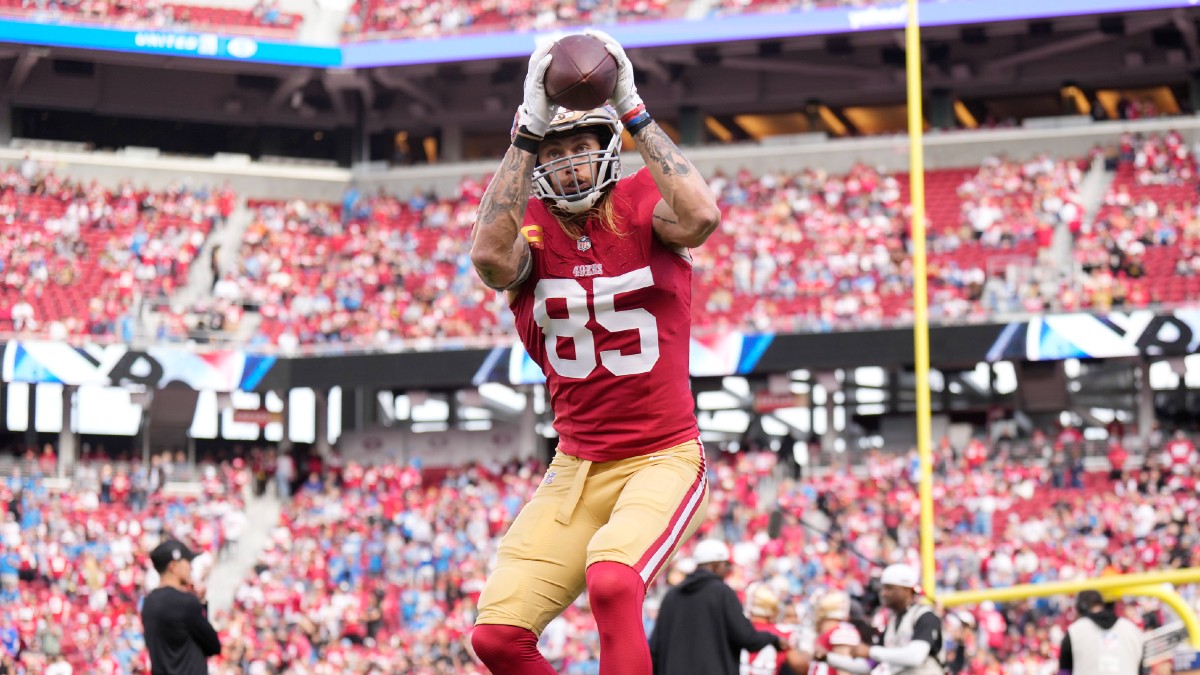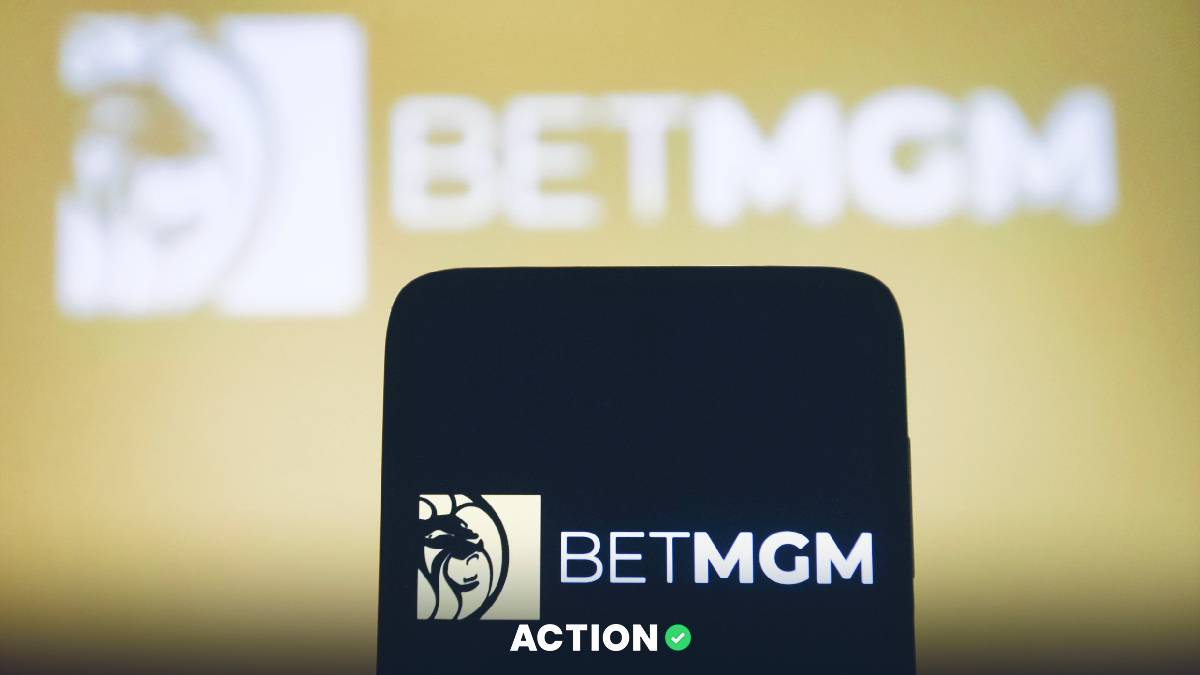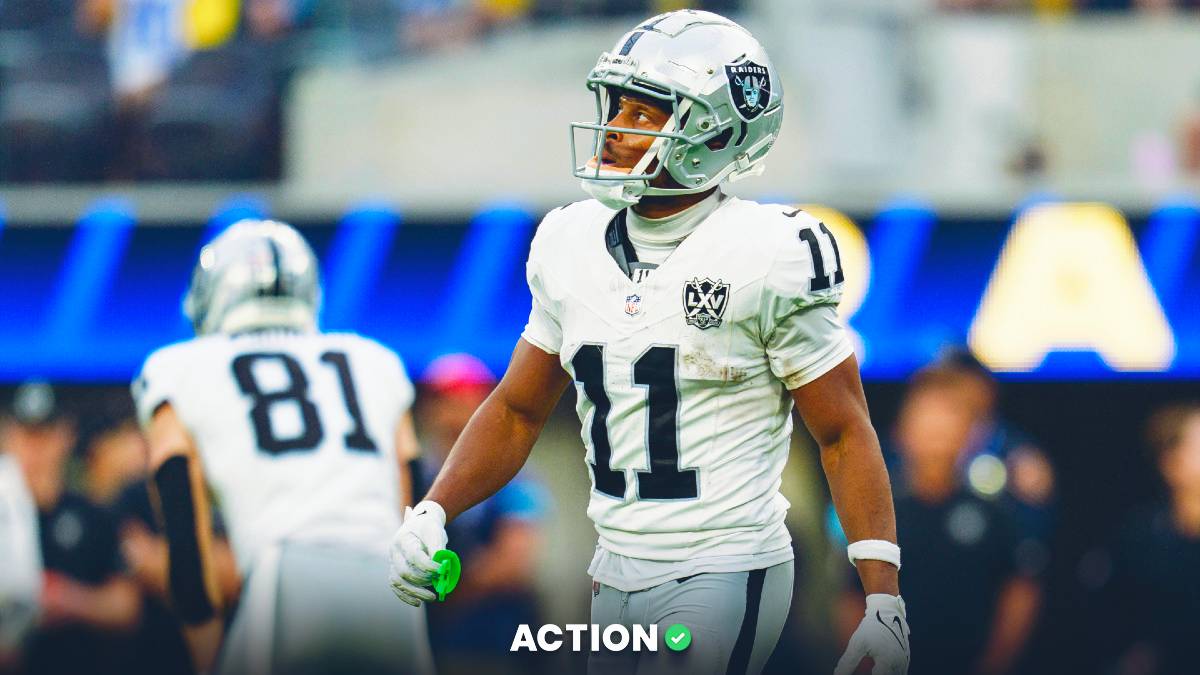A teaser in sports betting is really just a parlay with alternate point spreads or totals, moved in your favor.
The most common teaser is a two-team, six-point football teaser that pays the close to one normal point spread bet at -120 and gives you six extra points on those spreads. But both teams must cover these new spreads for the teaser to win.
The sportsbook isn't giving you those points for free of course, adjusting your payout down based on how many extra points you're getting and how many games you picked. Again, it's like a parlay where you're buying lots of points.
Let's get into some examples and best practices for teasers. If you're new to sports betting, learn about American odds and point spreads first.
1. Teaser Examples
The most common teaser in sports betting is a 6-point football teaser, in which you have to pick two games correctly but get six additional points on each spread. Depending on the book, it will pay around -120.
Let's use this example from the Week 5 of the 2021 NFL season. A Jets and Patriots teaser looked like this:
Example 1
| Team | Original Spread | New Spread |
|---|---|---|
| Jets (vs. Falcons) | +2.5 | +8.5 |
| Patriots (at Texans) | -7 | -1 |
The Jets were originally a 2.5-point underdog against the Falcons and lost 27-20, covering your new 8.5-point spread.
The Patriots were a 7-point favorite against the Texans and won 25-22, covering the new 1-point spread.
Neither the Jets or Patriots covered the original point spread, but both would have covered in a teaser.
This teaser was priced around -120, meaning if you risked $12 on it, you win $10. If one or both teams did not cover the new spreads, you lose $12.
Example 2
| Team | Original Spread | New Spread |
|---|---|---|
| Chiefs (vs. Steelers) | -7.5 | -1.5 |
| Ravens (at Bengals) | +2.5 | +8.5 |
Here's another example from Week 16 of the 2021 season.
You can take the Chiefs from -7.5 against the Steelers to -1.5, and the Ravens from +2.5 to +8.5 against the Bengals. If they both cover these new spreads, you win the teaser.
It's like a two-team parlay in which both games are about -265.
2. Is a Teaser a Good Bet?
Teasers are not good bets in college football due to the volatility, nor on totals or many NFL point spreads.
Teasers have only been gainful bets over a large sample when you go through two key numbers in the NFL because so many games end with margins of victory between 1 and 7. This idea was popularized by Stanford Wong and is known as the Wong Teaser.
- You want to bet short underdogs up through 3 and 7 — like taking a team that's +2 to +8.
- And you want to bet favorites down through 7 and 3 — from -7.5 to -1.5, for example.
Bettors must win each leg 74% of the time for a 6-point teaser to break even, assuming you're betting it at -120.
Even since 2015 when the NFL moved the extra point back (which caused more unusual finishing margins), teasing NFL games through those key numbers has been gainful
The margin of victory in NFL games is most often 3, 6 and 7 — those make up 30% of all finishing score differentials, so they're the most "key" numbers in football betting.
These bets are called teasers for a reason — it looks so easy for an NFL team to cover with an additional six points, but needing to win both games makes it much more challenging.
3. How to Place a Teaser Bet
Placing a teaser bet might like a little different by sportsbook. Generally, the option is going to appear after you've selected two games you want to tease.
1. Choose the Games You Want to Tease
Let's say you want to tease Duke down to -4 and Baylor down to -2. Select those bets at your sportsbook.
2. Head to Your Bet Slip
Next, you'll go to your bet slip, which is usually in the top right corner on desktop or at the bottom of the app on your phone.
3. Click "Teaser"
At FanDuel, the teaser option will be one spot over from a straight bet. Click that.
Now it will give you the option to change how many points you want to buy, and the payout.
At FanDuel, getting four points on each game in basketball will make your teaser -110.
At DraftKings, you follow the same process, but teasers are grouped in with parlays. Once you get to your bet slip, click parlay, then click teaser underneath your bets.
4. Are There Different Types of Teasers?
A 6-point, two-team football teaser is most common, but you can get real creative with teasers if you want.
Because a teaser is really just a parlay with adjusted prices, you can do almost anything.
- A six-team, 6-point teaser
- A two-team, 10-point football teaser
- A four-team, 4-point basketball teaser
And so on.
5. Teaser Payouts
Teaser payouts will vary by sportsbook. Each book uses an algorithm that determines your payout based on three main factors:
- The sport (football teasers are better bets than basketball teasers).
- The number of points you're getting.
- The number of games included in your teaser, because you need to win every leg to cash the bet.
Here are some examples of teaser payouts from DraftKings, which uses a standard price for each teaser type. Some sportsbooks adjust the prices based on the spreads you're changing, since it's more advantageous to go from +2 to +8 than from +10 to +16.
| Teams | Points | Price |
|---|---|---|
| 2 | 6 | -120 |
| 3 | 6 | +160 |
| 4 | 6 | +260 |
| 5 | 6 | +400 |
| 2 | 7 | -140 |
| 3 | 7 | +130 |
| 4 | 7 | +200 |
| 5 | 7 | +320 |
| 3 | 10 | -120 |
| 4 | 13 | -140 |
6. Best Practices
Betting teasers is in general a -EV decision. But then again, so is all sports betting if you have no edge.
Some general strategies about teasers to keep in mind:
- Never, ever tease through 0. That would mean you're taking a team that's -4 to +2. Why? Because NFL games are designed not to end in ties (and can't at all in college), so you're not getting one of the points that you're paying for.
- Don't tease college football games (or any basketball game). The range of outcomes is wider, and even going through key numbers, it's not gainful.
- Make sure you're getting -120 or better on 6-point, two-team teasers. If you're not getting a fair shake there, you're probably not getting it on other teasers.
7. Pleasers/Reverse Teasers
With teasers, you're buying points.
A pleaser is the opposite of a teaser — you're selling points in at least two games for a bigger payout.
Let's say I love the Lions +7.5 and Cardinals +11 and think they're going to cover a shorter number. I can "sell" seven points each to get Lions +0.5 and Cardinals +4 for a juicy payout.
A two-team, six-point pleaser pays around 6-1 at some sportsbooks. So bettors need to win each leg about 38% of the time to break even.
8. What Happens if a Teaser Leg Pushes?
A push in sports betting is when a game lands on the exact spread or total. Bettors get their money back, and don't lose any juice.
When betting a teaser, a push will simply drop that leg out, and adjust the payout. The same as a parlay.
So if you bet $24 to win $20 on a two-team, six-point teaser (-120), and one leg pushes, your bet becomes a one-team, six-point teaser at around -265. That means you'd win $9.06 on that $24 bet.


